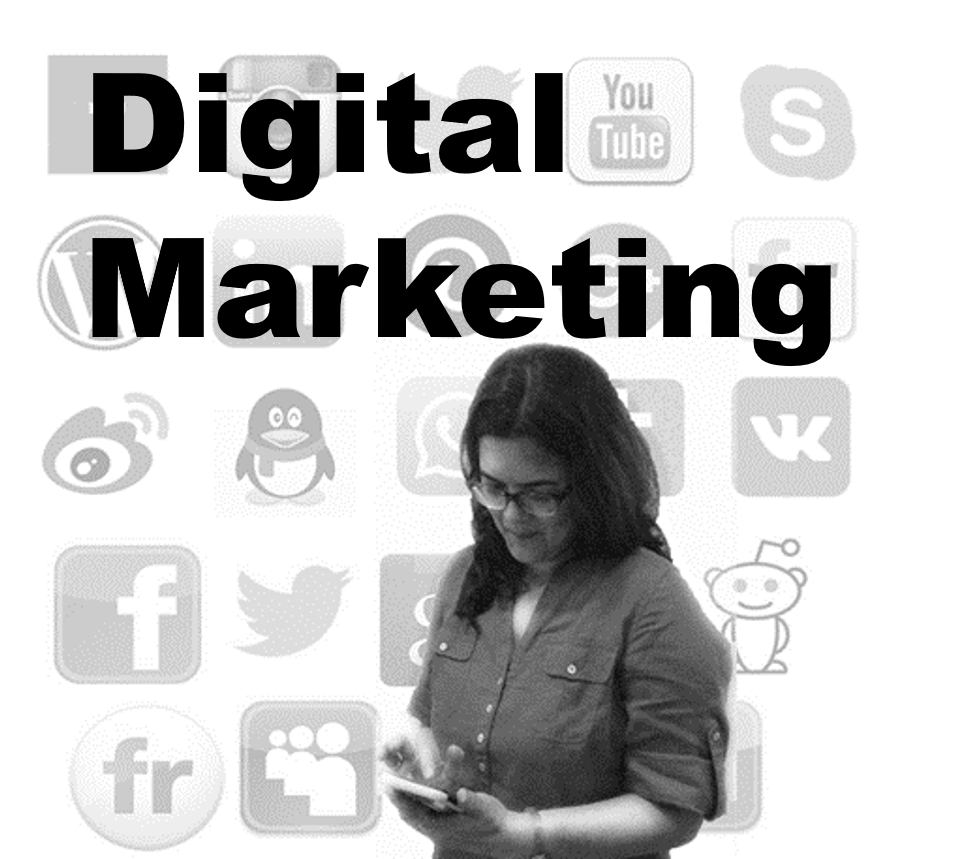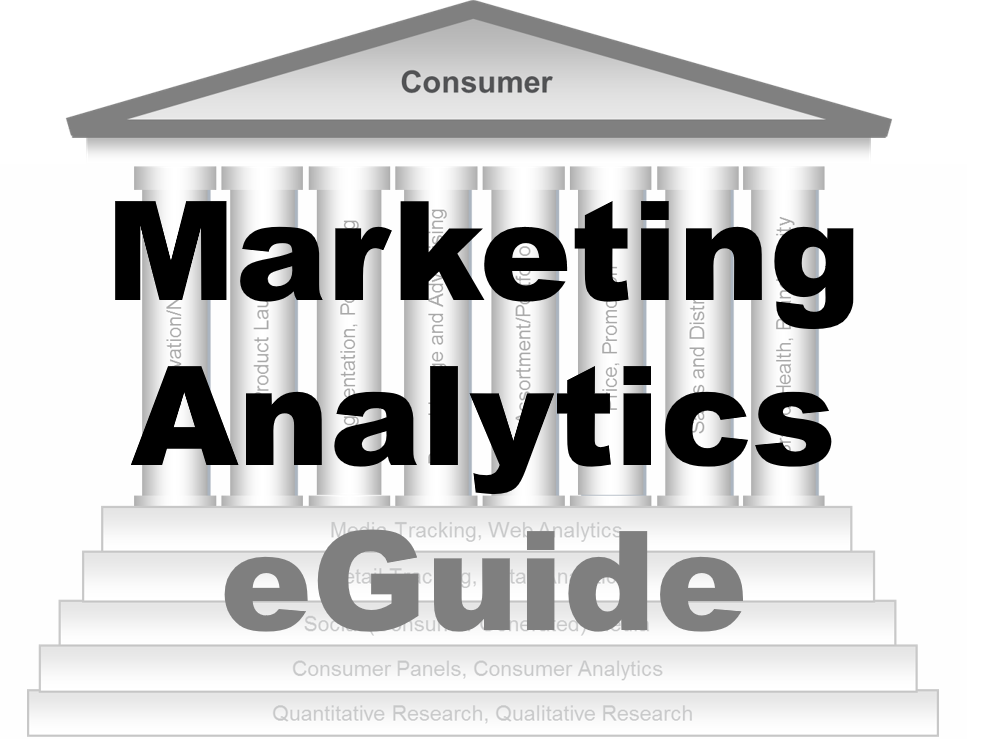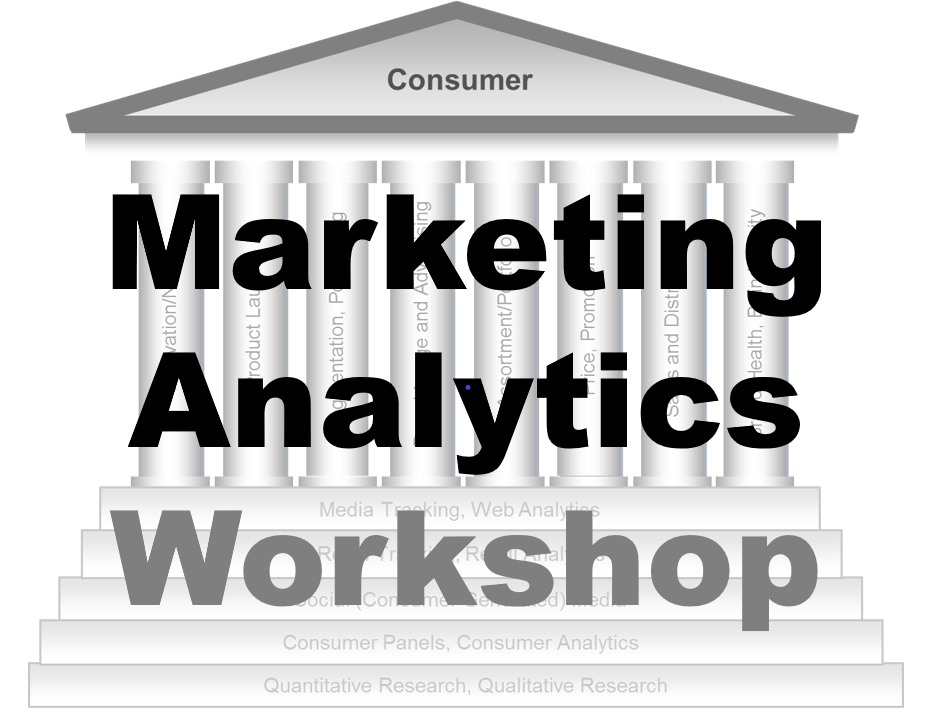-
Qualitative Research
Qualitative Research
Qual and Quant
User-generated Content
UGC benefits & limitations
iSnack 2.0 saga
Applications of Qual
Qual with Quant Research
Product Development
Motivational Research, Semiotics, Usage & Attitude
Creative Development
Packaging Development
The Qual Advantage
Watchouts
Data Collection
Group Discussions
Interviews
Observation
Online Qual
Research Design & Preparation
Projective and Enabling Techniques
Word Association
Third Party Questioning
Sentence Completion
Personification
Brand Mapping
Drawing and Collage
Bubble Drawings
Role Playing
Laddering
Body Language
Guidelines for Moderating
Analysis and Interpretation
- Segmentation
- Qualitative Research
- Quantitative Research
- Customer Satisfaction and Customer Value
- Consumer Panels and Consumer Analytics
- Big Data and Consumer Analytics
- Marketing Education
- Is Marketing Education Fluffy and Weak?
- How to Choose the Right Marketing Simulator
- Self-Learners: Experiential Learning to Adapt to the New Age of Marketing
- Negotiation Skills Training for Retailers, Marketers, Trade Marketers and Category Managers
- Simulators becoming essential Training Platforms
- What they SHOULD TEACH at Business Schools
- Experiential Learning through Marketing Simulators
-
MarketingMind
Qualitative Research
Qualitative Research
Qual and Quant
User-generated Content
UGC benefits & limitations
iSnack 2.0 saga
Applications of Qual
Qual with Quant Research
Product Development
Motivational Research, Semiotics, Usage & Attitude
Creative Development
Packaging Development
The Qual Advantage
Watchouts
Data Collection
Group Discussions
Interviews
Observation
Online Qual
Research Design & Preparation
Projective and Enabling Techniques
Word Association
Third Party Questioning
Sentence Completion
Personification
Brand Mapping
Drawing and Collage
Bubble Drawings
Role Playing
Laddering
Body Language
Guidelines for Moderating
Analysis and Interpretation
- Segmentation
- Qualitative Research
- Quantitative Research
- Customer Satisfaction and Customer Value
- Consumer Panels and Consumer Analytics
- Big Data and Consumer Analytics
- Marketing Education
- Is Marketing Education Fluffy and Weak?
- How to Choose the Right Marketing Simulator
- Self-Learners: Experiential Learning to Adapt to the New Age of Marketing
- Negotiation Skills Training for Retailers, Marketers, Trade Marketers and Category Managers
- Simulators becoming essential Training Platforms
- What they SHOULD TEACH at Business Schools
- Experiential Learning through Marketing Simulators
Research Design and Preparation
Broadly speaking a market research programme arises from the need to address a business issue or business objective. Based on a briefing from end-users, the researcher prepares a research proposal outlining the business objectives, research objectives, and the recommended research programme inclusive of cost estimates. The dual set of objectives need to be clearly articulated and understood at the onset, and should form the basis for the design, analysis and interpretation of the study. The proposal typically undergoes a number of refinements to align it with the needs of the business, before sign-off. The research commences once the proposal has been signed-off.
A qual research programme comprises the following steps:
- Sample design
- Discussion guide
- Data collection
- Analysis and presentation
Sample Design
The sample design is subject to methodology — in-person or online; interviews, groups or observations. The design essentially stipulates who to interview (target respondent), and how many to interview (sample size).
Respondents are recruited based on their inclination to participate and engage in the discussion. For instance, in advertising development studies it is preferable to recruit participants who are receptive to advertising, as opposed to those who are not. There is usually no point in discussing adcepts with individuals who are disengaged.
To maintain effective group dynamics, participants are separated according to age and social backgrounds. Grouping criteria may be based on behaviour, demographics or psychographics, for instance product users/non-users or male/female. This allows differences in opinions to emerge clearly rather than be clouded within a mixed group.
Discussion Guide
The discussion guide is qual’s equivalent of a questionnaire. It serves as a checklist of the topics and issues that are to be covered, and the techniques that the moderator might employ during the course of the discussion. It provides the framework to ask and probe, and to train the moderator to think through the most effective procedures and techniques to employ, and the appropriate wording and phrasing of discussion topics. The preparation also enables the moderator to decide how she feels about the subject and sort out any biases. Pre-testing or rehearsing the interview helps to refine the guide and prepare the moderator.
Regarding the structure and sequence of the discussion, the moderator needs to carefully consider how and when to introduce stimulus materials, rotate materials and deploy techniques. Sequence is particularly important since what transpires earlier often has an influence on what comes later in the discussion.
The moderator needs to determine how to introduce topics and stimuli, decide on the mode of questioning, prepare appropriate prompts and probes, and anticipate possible responses. The choice of language, words and phrases must remain impartial; the objective is to research, not to advocate.
For in-person group discussions, the researcher should give attention to the ambience. In addition to comfort and convenience, careful consideration should be given to the profile of the participants, the topics of discussion, and the feelings or the emotions that the set up at the research facility might help to induce.
In quant once the questionnaire is released into field there is little scope for flexibility. Qual on the other hand is fluid; moderators have the flexibility to adapt and improvise during the course of group discussions. This is likely to occur more during the opening sessions, when the moderator gets her first taste of interaction with real participants. Should the discussion delve into unanticipated territory, it is a good practice to go with the flow as long as it remains relevant. Moderators reflect on their experiences during the opening night, and if required, alter/amend the discussion guide for subsequent groups.
Previous Next
Use the Search Bar to find content on MarketingMind.
Contact | Privacy Statement | Disclaimer: Opinions and views expressed on www.ashokcharan.com are the author’s personal views, and do not represent the official views of the National University of Singapore (NUS) or the NUS Business School | © Copyright 2013-2025 www.ashokcharan.com. All Rights Reserved.





